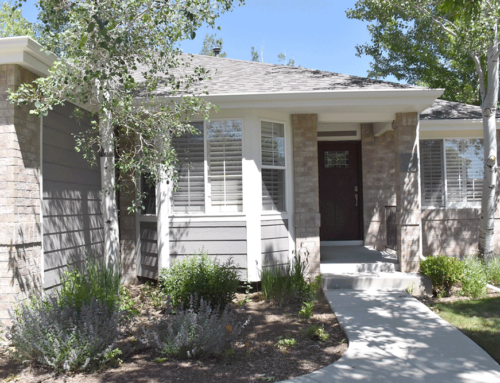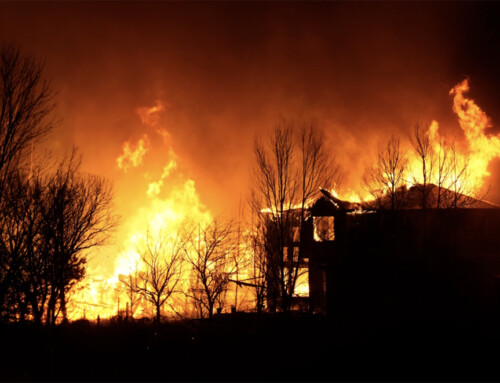I was reminded recently of how important air circulation is in our dwellings. I heard a comment about a child’s apparent allergy issues being linked to Black Mold in a Denver home. Sensitivity to allergens is highly individual, and there can be emotional and genetic factors contributing to these sensitivities. The bottom line is indisputable – there is no place in the living environment for mold and mildew.
I cut my teeth as an east coast builder where the climate is a damp one. When the “tight” house building codes came roaring through in the 80’s we began using a lot of 4-mil poly to cover the stud cavities before drywall. I learned the consequences very dramatically early on when we made a change to a new structure that required opening the drywall in several places.
It was winter and the heat in the building was on. Upon opening what we thought was a “tight” envelope we were astounded to see the underside of the roof completely frozen in the area of structural penetration. Water vapor (a gas) had been streaming through micro penetrations getting frozen against the underside of the roofing – not a good thing! We knew that despite our best efforts, moisture was getting into the frame of the building creating the perfect environment for fungus and mold to develop. Luckily new technologies were evolving that allowed us to vent the structure while still creating a tight, well-insulated environment.
Consequently, as a Designer and Builder, I stopped putting a layer of plastic over the studs, joists, and rafters. I knew that the home’s paint and caulking would provide an acrylic membrane and that the old carpenter’s adage about water “keep it out or let it out” was applicable here.
We soon began using breathable house wrap such as Tyvek (think “Gortex” for the home) as well as styrofoam rafter baffles to direct moist air leakage up and out through a vent structure on the roof ridge. Robust soffit vents created a powerful air movement up and out. I went so far as to test this system by putting “tell-tale” ribbons on the ridge to see how much air movement there actually was; the ribbons immediately stood straight out indicating it was working as designed. All of the microchannels were funneling moist air out of the building’s structure.
Attic venting the hot moist air above the building’s insulated rooms is a common practice and it is part of the national building codes. Everywhere, in the pop-up development world of the Front Range, I see fields of roof vents releasing the attic air. But, in my opinion, the current codes with their high, tight R-value envelopes do not let the entire house breathe adequately.
Most of these buildings are sheathed in cement composite boards that do not breathe at all. And foam insulation, while being very energy efficient, creates such a tight membrane that some form of positive, mechanical system for circulating fresh air and removing expired CO2 is necessary. It is even more critical in new construction, where many components off-gas toxic chemicals (examples: carpet, non-VOC paints; cabinetry; OSB sheathing).
During a site review for a project up in the mountains above Coal Creek, I had the chance to see an ultra tight home being foamed-cavity insulated. Not only was there no soffit venting, and cement board siding on the exterior, but there was no roof venting at all. When I asked the Architect about this condition he said they were following the standard code prescription. In this case, there was no provision for mechanical venting either. Enough said!
Common sense understands the need for an oxygen-rich environment in the home.
We respond to levels of toxicity as challenges to our wellbeing. Oxygen and the subtle energies of prana or chi carry powerful life-supporting energies for a healthy life. I see the house as a vital repository of Life Force, breathing in and out, as temperature and climatic changes occur. The structure moves and flexes during daytime and nighttime diurnal sequencing, and our bodies respond.
Being able to release the CO2 and other complex chemistries of the air we breathe into our physical bodies keep us alert and empowered. Shouldn’t we let our homes breathe as well?







